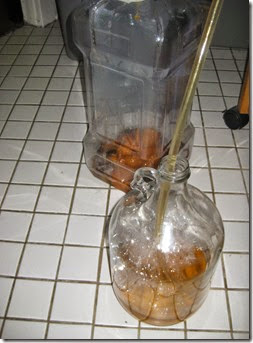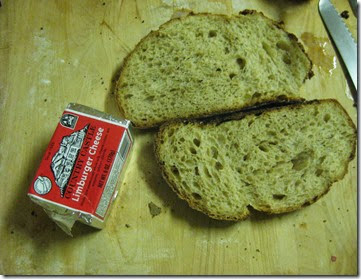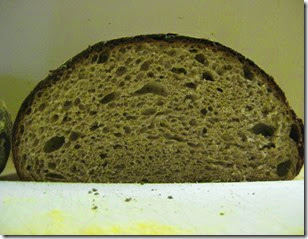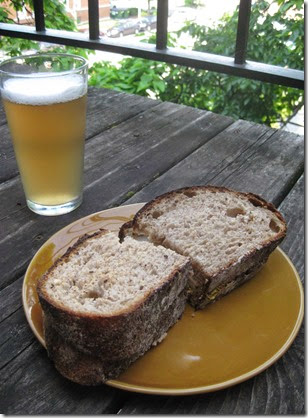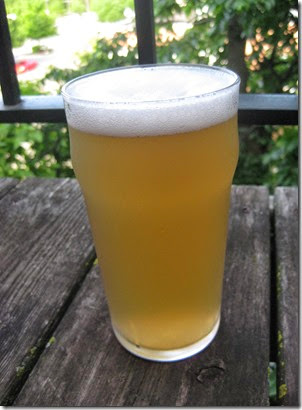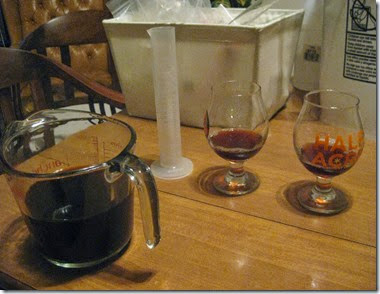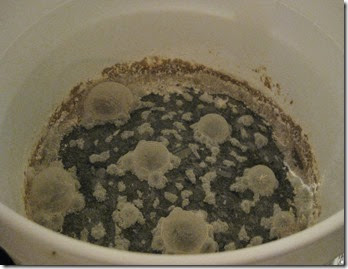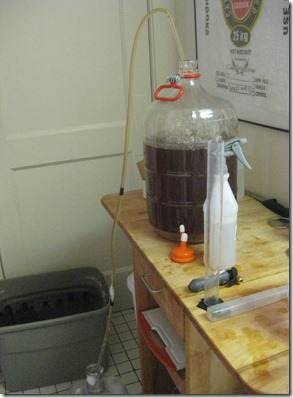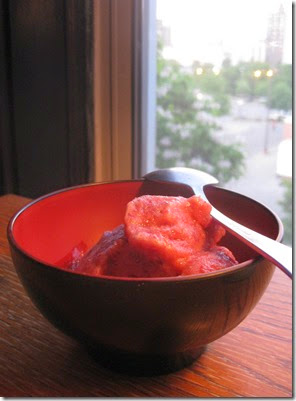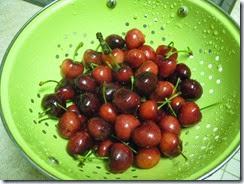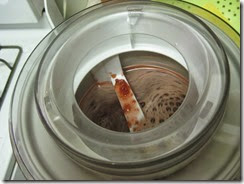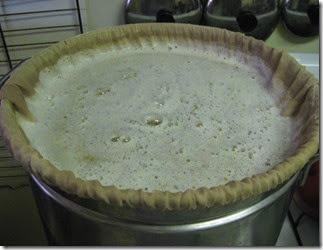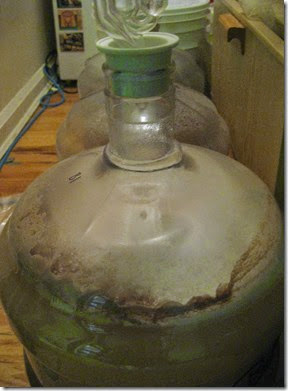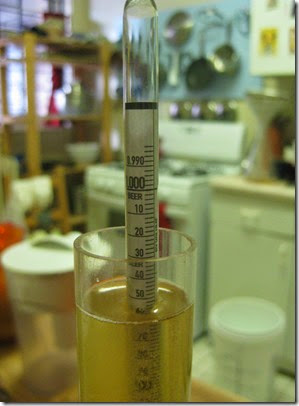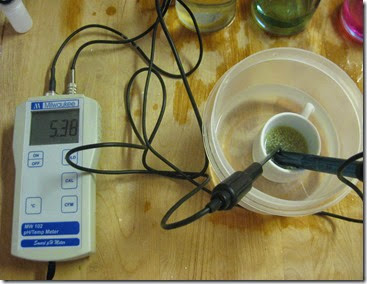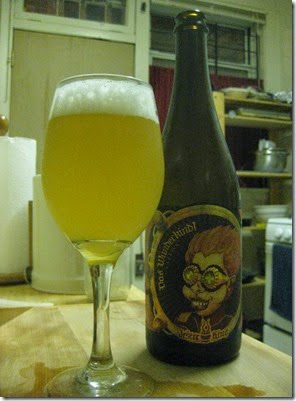 Before writing my earlier post about blending saisons and biere de coupage, I sent emails to a few of the breweries I mentioned to see if they had any advice about brewing such beers. A few weeks after I posted, Garret Crowell from Jester King was kind enough to send me a response to my questions. Besides asking about the beers brewed for blending, I had also asked about how the flavour profile changed as a result, and whether they blended anything with the larger proportions of old beer that Yvan de Baets mentioned in his essay. I’ll repeat part of what he said in full (and I should also mention that that there is a lot of good information in his AMA thread at TalkBeer):
Before writing my earlier post about blending saisons and biere de coupage, I sent emails to a few of the breweries I mentioned to see if they had any advice about brewing such beers. A few weeks after I posted, Garret Crowell from Jester King was kind enough to send me a response to my questions. Besides asking about the beers brewed for blending, I had also asked about how the flavour profile changed as a result, and whether they blended anything with the larger proportions of old beer that Yvan de Baets mentioned in his essay. I’ll repeat part of what he said in full (and I should also mention that that there is a lot of good information in his AMA thread at TalkBeer):At first, the blended component is subtle (at the rates we blend) but over time, further subtle fermentation takes place and can increase acidity. The most apparent evolution is the increased presence of Brettanomyces.We have done blends with higher percentages of older beer. Hibernal Dichotomous has 25% sour barrel stock blended in. As a result, the beer was more acidic from the beginning than Das Uberkind. Beyond both components of the blend being dry/done with fermentation, there aren't any special requirements for making biere de coupage. We look for a nice level of acidity in the older beer. Oftentimes, if a barrel aged beer is too sour, it can be blended out with non sour beer to balance it.
Last night J and I drank the bottle of Das Wunderkind that she bought back from her last trip to Houston, and we were both impressed by its subtle but complex mix of lemon rind and earthy funk. Our bottle was dated back to February this year, and was only lightly tart---not much more so than an older bottle of Noble King that J picked up on the same trip. Unfortunately she didn’t have room for more than one bottle, so we won’t get a chance to see how it ages.
Anyway, I’ve been keen to try this technique for a while, but didn’t have any pale sours on hand ready for blending. However the other day I transferred a 10 month old golden sour onto a blend of freshly frozen and dried apricots, and while racking I siphoned off around 2 litres for blending. I transferred this into a 3 gallon better bottle, and then filled it to near the top with a young saison fermented down to 1.000 with Wyeast 3711. I also added a mixed dry hop of Crystal and Triskel.
We’ll see how the beer conditions, but its exciting to see that even such a small portion of sour beer can noticeably shape the beer’s flavour profile. This already differentiates the technique from simply bottle-conditioning with brett, though it should hopefully have some of the same effects as the beer ages. Later this month I’ll be cutting some fresh dark saisons with a larger proportion of aged beer (more on that in a week or two), and by the end of the summer I hope to have some more pale sour beer to use in this way. I also have another plan, which I’ll post about some time in the next few weeks, which should mean that I eventually always have some pale sour beer on hand for blending in this manner. All of this will enable further experimentation.
Update: Tasting Notes for the saison.

